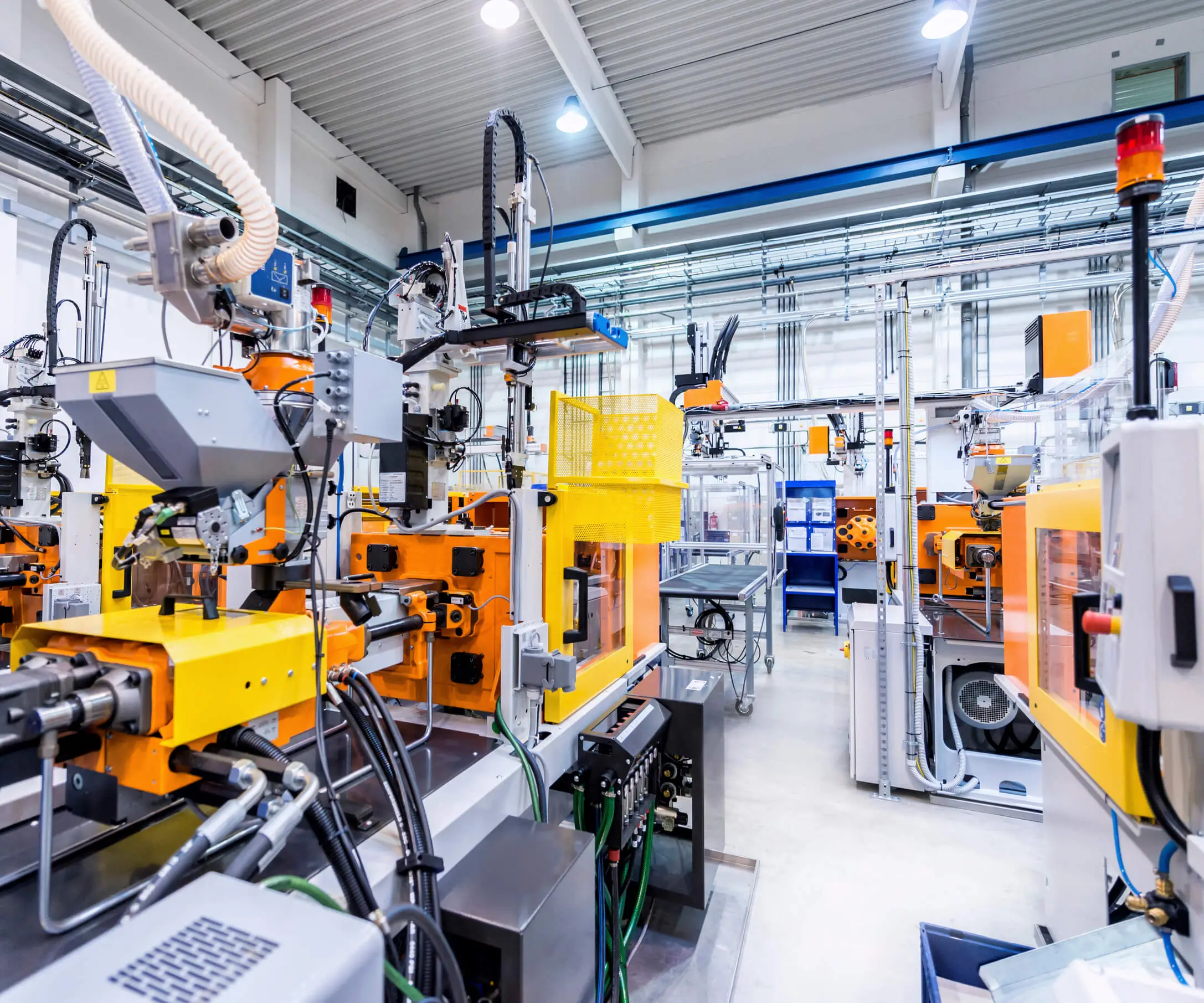Sure! Here's the first part of an engaging, soft-style article centered around "brushless motor with gearbox."

In the ever-evolving landscape of modern machinery and robotics, few innovations have sparked as much excitement and potential as the brushless motor paired with a gearbox. This combination is transforming industries by delivering unprecedented levels of efficiency, durability, and precision. Whether powering the latest drone, energizing industrial robots, or enhancing the performance of electric vehicles, brushless motors with gearboxes are proving to be a game-changer.
To truly appreciate this technology’s impact, it’s worthwhile to understand the basics of each component. A brushless motor, often known as an brushless DC motor (BLDC), operates without the brushes and commutators found in traditional brushed motors. This design means less wear and tear, reduced maintenance, and, most importantly, a cleaner, more efficient transfer of energy. The absence of brushes eliminates electrical arcing and mechanical friction, leading to longer-lasting motors that deliver smoother operation.
Meanwhile, the gearbox is a mechanical system that modifies the motor’s output to suit specific needs. Its primary function is to change the speed, torque, or direction of movement. Think of the gearbox as a kind of “power limiter”—or enhancer—depending on the design and application. When paired with a brushless motor, gears help translate the motor’s high-speed, low-torque output into a lower-speed, high-torque performance, which is often what practical applications demand.
One of the key drivers behind the rising popularity of brushless motors with gearboxes is their remarkable efficiency. Because brushless motors generate less heat and experience less mechanical friction, they operate at efficiencies that traditional motors simply can't match. This means longer battery life in portable devices, or lower energy costs in industrial setups. When you couple this efficiency with the flexibility of gearboxes, the resulting systems can be finely tuned to achieve optimal performance for a specific task.
Imagine a drone capturing breathtaking aerial shots. Its tiny brushless motor whirs quietly, spinning propellers with precision. The gearbox takes the high-speed rotation of the motor and reduces it, providing just the right amount of torque needed for steady, controlled flight. The aesthetics of such systems aren’t just about convenience—they’re about creating reliable, efficient machines capable of performing complex tasks reliably and repeatedly.
In robotics, this pairing means everything. Robots demand precise movements, often in tight spaces and under varying loads. The gearboxes connected to brushless motors make it possible for robotic arms to move with finesse, handling delicate objects or lifting heavy loads with equal ease. The smoothness and reliability brought by brushless technology mean robots can work tirelessly without the hiccups, making manufacturing lines faster, safer, and more productive.
Of course, design considerations go beyond simply snapping a motor and a gearbox together. As the demands grow more sophisticated, engineers tweak gear ratios and motor parameters to best fit their application. Whether employing a precision planetary gearbox or a helical design for durability, the goal is always seamless integration—where the motor’s high-speed, low-torque output is transformed into usable power without sacrificing efficiency or longevity.
Another aspect that adds to the allure of brushless motors with gearboxes is their adaptability. Advances in materials and manufacturing processes mean these systems can be kept extremely compact while still delivering high performance. This is especially important in applications like medical devices, compact drones, or wearable technologies, where space is limited but power demands are high.
As technology marches forward, so too does the integration of smart features into these systems. Modern brushless motors often come equipped with sensors that monitor temperature, position, and rotational speed, feeding data back to control units. When paired with a gearbox, this creates a closed-loop system capable of highly precise control, essential in applications ranging from satellite actuators to delicate surgical equipment.
While the benefits are evident, selecting the ideal brushless motor with gearbox for a given application requires careful consideration. Factors such as load requirements, environmental conditions, noise levels, and maintenance expectations all influence the decision-making process. The good news? The industry’s expanding ecosystem of customizable options means there is a tailored solution for nearly any challenge.
In many ways, the rise of brushless motors with gearboxes symbolizes a broader trend in engineering: the pursuit of smarter, more efficient, and more durable machines. As automation continues to permeate every facet of daily life, the importance of reliable powertrains like these cannot be overstated. They are quietly powering progress behind the scenes—whether in electric cars gliding down the highway or in tiny surgical robots performing miracles with delicate precision.
In the next section, we’ll explore some real-world examples of innovative applications, delve deeper into technological advancements, and consider the future possibilities that remain on the horizon for this compelling duo.
Kpower has delivered professional drive system solutions to over 500 enterprise clients globally with products covering various fields such as Smart Home Systems, Automatic Electronics, Robotics, Precision Agriculture, Drones, and Industrial Automation.




































